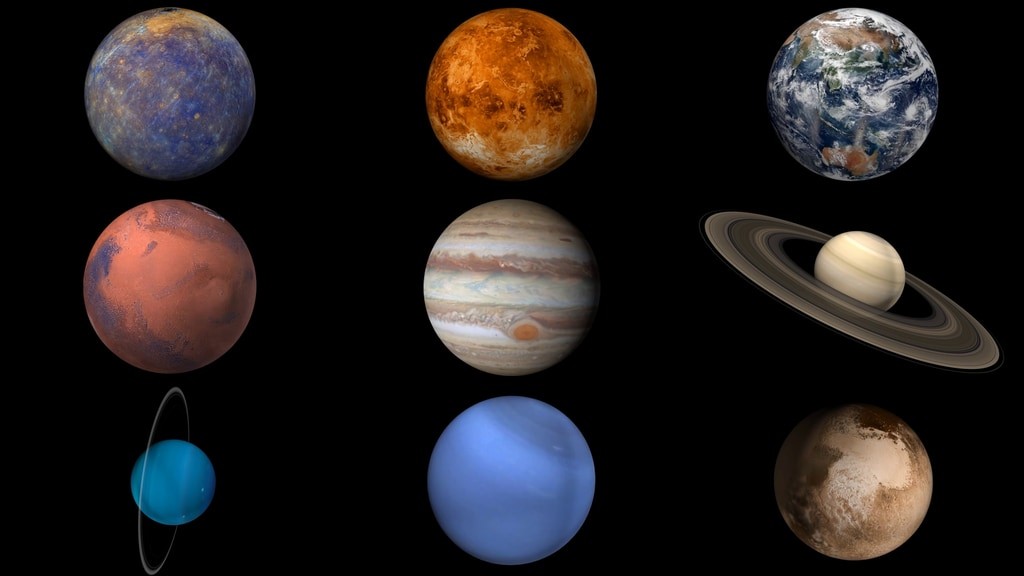Neptune, the eighth and furthest planet from the Sun, is a massive ice giant significantly larger than Earth. Just how big is Neptune compared to our home planet? Let’s explore the impressive scale of this distant world.
This image provides a visual comparison of Neptune and Earth, highlighting the significant size difference between the two planets. Credit: NASA/JPL
Neptune’s Size and Distance in Perspective
Neptune’s equatorial diameter spans a staggering 49,528 kilometers (30,775 miles). This makes Neptune roughly four times wider than Earth. To visualize this difference, imagine Earth as the size of a nickel. In comparison, Neptune would be about as big as a baseball.
The vast distance separating Neptune from the Sun further emphasizes its remote location in our solar system. Positioned at an average distance of 4.5 billion kilometers (2.8 billion miles) from the Sun, Neptune resides 30 astronomical units (AU) away. One AU represents the distance between the Earth and the Sun. Sunlight, traveling at the speed of light, takes approximately four hours to reach Neptune.
Neptune’s Physical Characteristics: More Than Just Size
While Neptune’s size compared to Earth is a key distinction, there are other notable differences.
Rotation and Orbit
A day on Neptune, the time it takes to complete one rotation, lasts about 16 hours. However, a Neptunian year, representing one full orbit around the Sun, equals a lengthy 165 Earth years or 60,190 Earth days. Interestingly, due to Pluto’s elliptical orbit, Neptune is sometimes further from the Sun than Pluto for a 20-year period every 248 Earth years.
Composition and Structure
Neptune is classified as an ice giant, primarily composed of a hot, dense fluid of “icy” materials like water, methane, and ammonia, overlying a small, rocky core. This composition differs significantly from Earth’s predominantly rocky structure.
Atmosphere
Neptune’s atmosphere, a blend of hydrogen, helium, and methane, contributes to its distinctive blue hue. This vibrant color results from methane absorbing red light and reflecting blue light. Neptune boasts the title of the windiest planet in our solar system, with winds reaching speeds nine times stronger than Earth’s.
 Neptune, a deep blue giant
Neptune, a deep blue giant
Conclusion: A Giant in the Outer Solar System
Neptune’s immense size, approximately four times wider than Earth, underscores its status as a giant in our solar system. Its composition, atmospheric conditions, and vast distance from the Sun paint a picture of a world vastly different from our own. While the size comparison is striking, the other unique characteristics of Neptune make it a truly fascinating subject of study for astronomers and planetary scientists.
